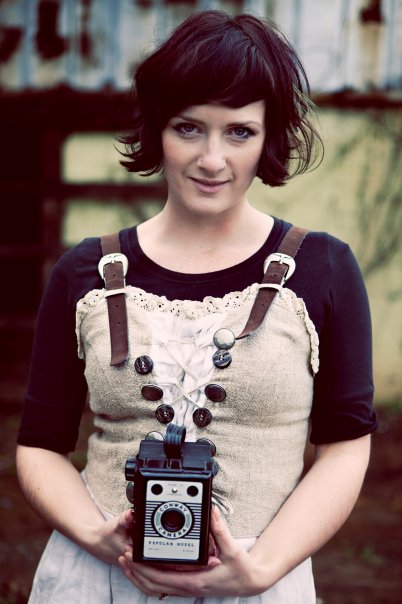
After arriving in Jerusalem, one of the oldest cities in the world, I caught a bus to the Caesar Hotel, via the Egged Bus Cooperative, the second largest bus company in the world.

It handles most of the local and intercity bus service throughout the city. Buses, taxicabs, and private cars are the only transportation options in Jerusalem. Although, the Jerusalem Light Rail, a rail-based transit system, is currently under construction.

At the hotel, I brought my luggage to my room and had lunch there. I had falafel, hummus, pita bread, and a Turkish salad, all typical foods of Jerusalem. I learned that this multicultural city is home to European, Ethiopian, Medditeranean, and Middle Eastern foods.

After I ate, I went to visit the oldest part of the city, the Old City. This area is the heart of the Jerusalem in the realms of history and religion. Covering 220 acres, it is divided into four quarters: the Jewish Quarter, the Armenian Quarter, the Christian Quarter, and the Muslim Quarter. Having history that dates back over 3,000 years, the Old City still remains inhabited and alive.

Next, I visited the the Hebrew University of Jerusalem, founded in 1925. It has been ranked among the top 100 schools in the world. I saw one of its major assets, the Jewish National & University Library, which contains over 5 million books. Jerusalem's several prestigious universities offer courses in Hebrew, Arabic, and English.
The night soon came and I headed back to my hotel to await the next day in the city of Jerusalem.
